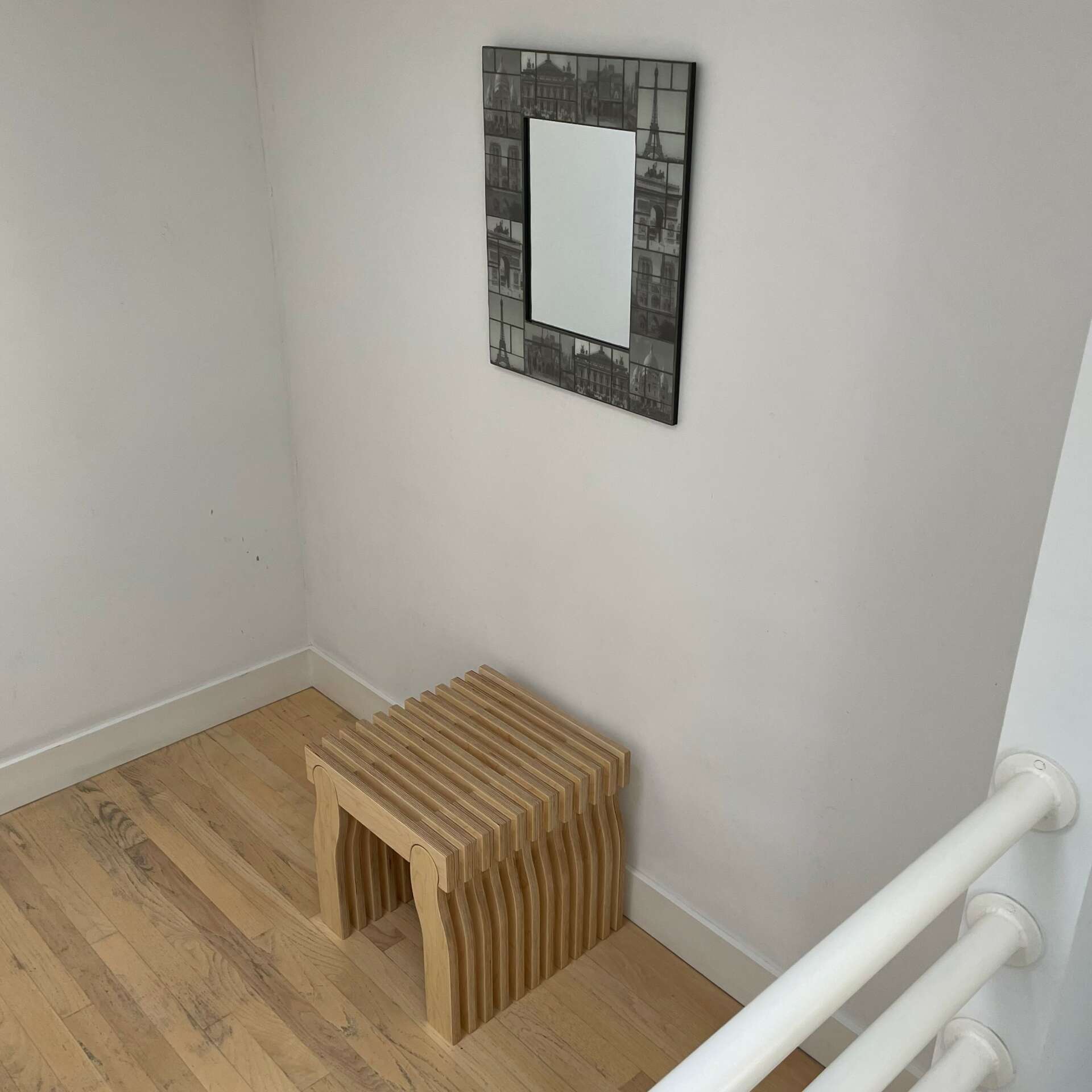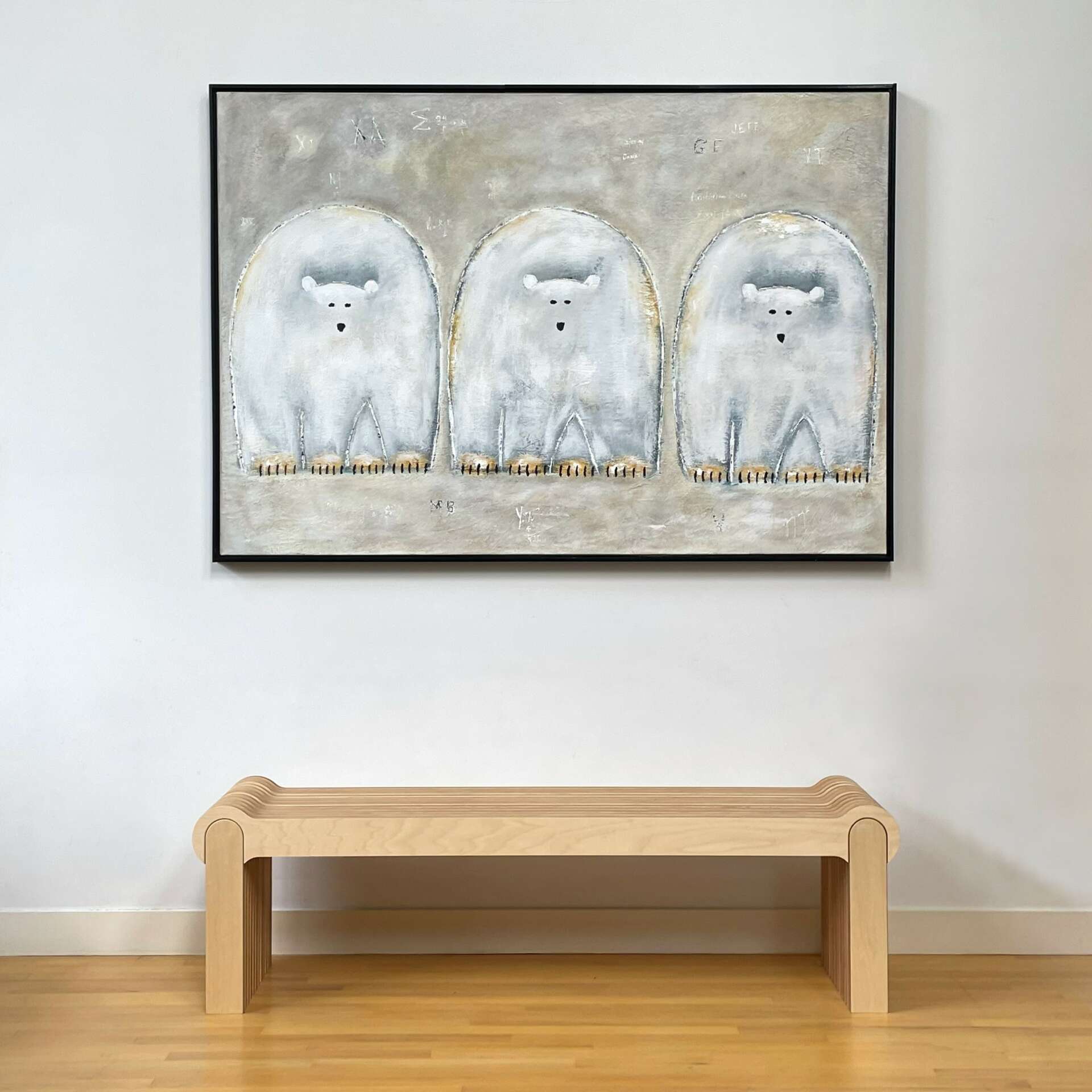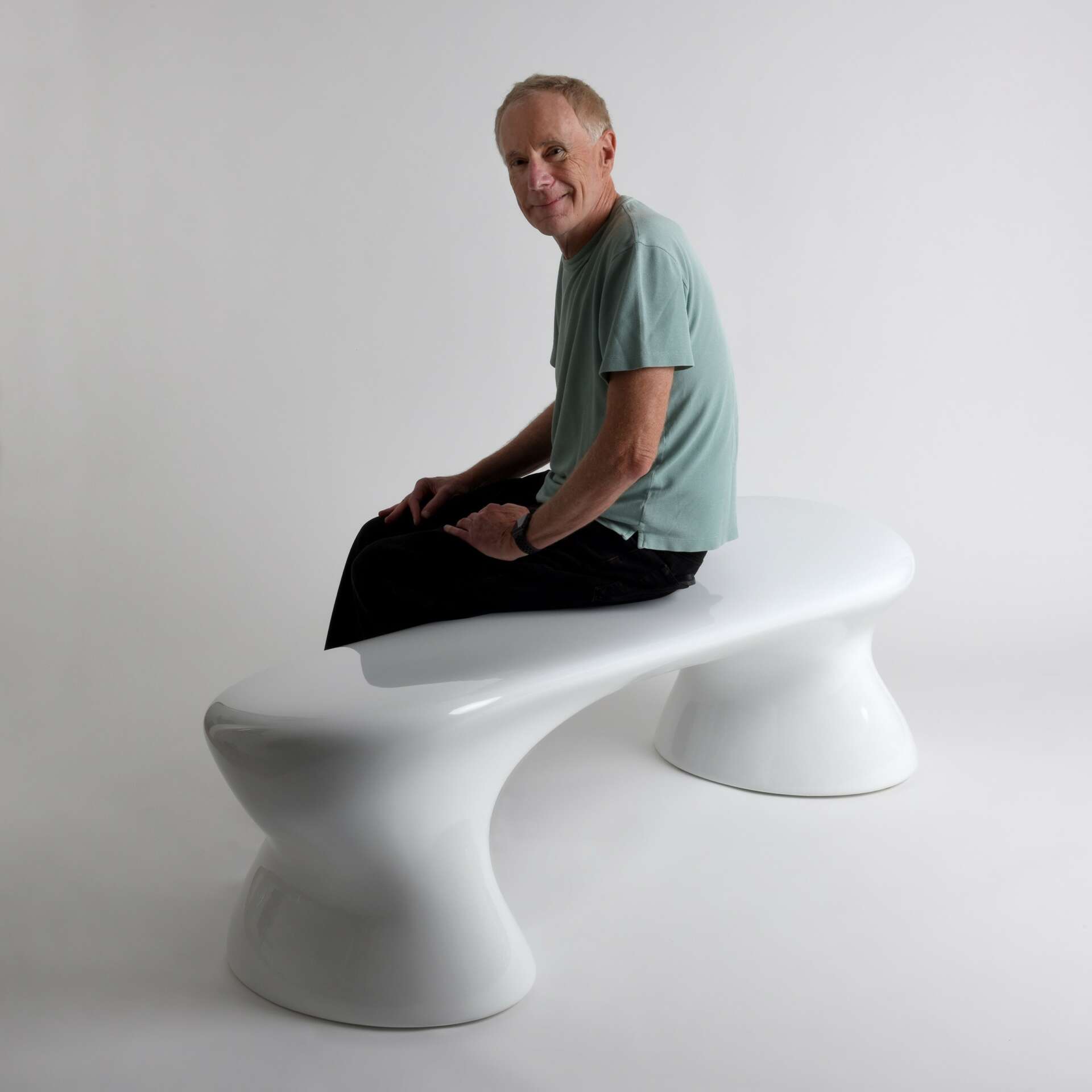We caught up with the brilliant and insightful Gerard Furbershaw a few weeks ago and have shared our conversation below.
Gerard, appreciate you joining us today. Let’s jump to the end – what do you want to be remembered for?
In my previous career, I cofounded a design/engineering firm called Lunar Design. The company quickly established itself as a firm that was highly regarded by clients, employees and the design community. Over my 30+ years at Lunar, we won over three hundred design awards and our work was featured in over twenty museum exhibitions, including the esteemed MOMA and Cooper Hewitt Smithsonian Design Museum. In 2014 Lunar was awarded the prestigious Cooper Hewitt Smithsonian Design Museum’s National Design Award for our thirty-year body of work. Although Lunar left a remarkable legacy, it resulted from a group effort. I wanted to create a personal legacy post-Lunar.
I started Furbershaworks in 2019 to begin that journey. Educated as, and then practicing as a designer for four decades, my primary focus was on solving client design problems. I wanted to shift my focus to self-expression and create and make furniture art pieces that would be loved by their owners and enrich society by having my work in museums.
My maple plywood art furniture pieces are literally branded with the Furbershaworks name. The pieces are made one at a time and finished and assembled by me. They will last for generations. Knowing that in the distant future someone will see the branded Furbershaworks name on their piece brings me great satisfaction. Also, having people view and appreciate my work in museum settings is also highly rewarding. That is the legacy I am striving to create.
Gerard, before we move on to more of these sorts of questions, can you take some time to bring our readers up to speed on you and what you do?
I studied architecture and industrial design in college and spent most of my career at Lunar, the firm I cofounded in 1984. After leaving Lunar, I started Furbershaworks to pursue my art furniture work. As a designer I sought to positively impact society with beneficial products. As an artist, I now seek to leave a legacy of aesthetic enrichment through my art furniture. Although I now see myself as an artist, I still rely on my design background to create and make my pieces. I would describe myself as an artist/designer/craftsperson. I am particularly interested in digital fabrication. I have made pieces using 3D printing, laser cutting, and computer numerically controlled (CNC) machining. The maple plywood parts that eventually compose my finished pieces are all cut with CNC machines. With CNC technology, I know my parts will be cut to within one human hair thickness of the geometry I have created using computer aided design (CAD). I then personally sand, apply finish, and assemble each piece. I also proudly brand the Furbershaworks name on each piece with a branding iron.
There are countless companies that manufacture furniture, from low to high volume production. Unlike the commercial furniture manufacturers, I make art pieces. My slogan is “art you can sit on”. My pieces are made one at a time with a lot of TLC.




Gerard, before we move on to more of these sorts of questions, can you take some time to bring our readers up to speed on you and what you do?
I studied architecture and industrial design and spent most of my career at Lunar, the design/engineering firm I cofounded in 1984. After Lunar’s acquisition, I started Furbershaworks in 2019 to pursue my art furniture projects. As a designer I sought to positively impact society with beneficial products. As an artist, I now seek to leave a legacy of aesthetic enrichment through my art furniture. Although I now see myself as an artist, I still rely on my design background to create and make my pieces. I see myself as an artist/designer/craftsperson. I am particularly interested in digital fabrication. I have made pieces using 3D printing, laser cutting, and computer numerically controlled (CNC) machining. My maple plywood pieces are all cut with CNC machines. With CNC technology, I know my parts will be cut to within one human hair thickness of the part geometry I have created using computer aided design (CAD). I personally sand, finish, and assemble each piece. I also proudly brand the Furbershaworks name on each piece with a branding iron.
There are countless companies that manufacture furniture, from low to high volume production. Unlike the commercial furniture manufacturers, I make art pieces. My slogan is “art you can sit on”. My pieces are made one at a time with a lot of TLC.
Can you talk to us about manufacturing? How’d you figure it all out? We’d love to hear the story.
As I previously mentioned, I cofounded a design/engineering firm called Lunar. We regularly had to find manufacturing companies to fabricate our clients’ products or parts for their products. I often depend on that part of my background at Furbershaworks. I am not in the manufacturing business. My focus is to create and make art furniture pieces one at a time. I have worked with five companies that offer 3D printing, laser cutting, and computer numerically controlled (CNC) machining. I usually identify the suppliers I need through my network as a personal recommendation is far superior to only doing online research.
For me it doesn’t make sense to invest in high-end digital fabrication machines. They are expensive and require a lot of skill and experience to run optimally. I create my pieces in CAD and then provide the computer files to the suppliers in order for them to make my parts. I then do the finish work – sanding, applying finish, and assembling the parts into the final pieces.
One of the keys to my process is prototyping. It’s unusual for the first piece in a series to not have some fabrication issues. Those issues must be resolved prior to making subsequent pieces. Continual process refinement is also essential. Each time I make another piece I rely on what I learned from making the previous piece. As an example, I began using a maple plywood with a factory applied epoxy acrylate finish. I thought it would be easier to just finish the edges but I found that although the finish was pretty durable, it did scratch. I had to scrap a number of parts so, for the next piece, I switched to unfinished maple plywood which requires me to finish both the edges and faces. Although it’s more work, I can sand out any scratch marks before applying the finish.




We’d love to hear the story of how you turned a side-hustle into a something much bigger.
After Lunar was acquired in 2015, my fellow co-founder and I stayed on as senior advisors for three years. We had a fair amount of flexibility in this role and spent some of our time creating conceptual furniture designs. This work won a number of awards and was featured in articles. The client work in a design firm requires consideration of a wide range of requirements from marketing to regulatory to manufacturing. The conceptual furniture work was all about self-expression. This work arose a passion in me that I hadn’t felt since starting in the design profession and planted the seed that led to my transition from designer to artist and the launch of Furbershaworks.
Contact Info:
- Website: www.furbershaworks.com
- Instagram: https://www.instagram.com/furbershaworks/
- Facebook: https://www.facebook.com/Furbershaworks/
Image Credits
Hover Bench – photo credit Rick English ChaTaT Bench – photo credit Rick English


